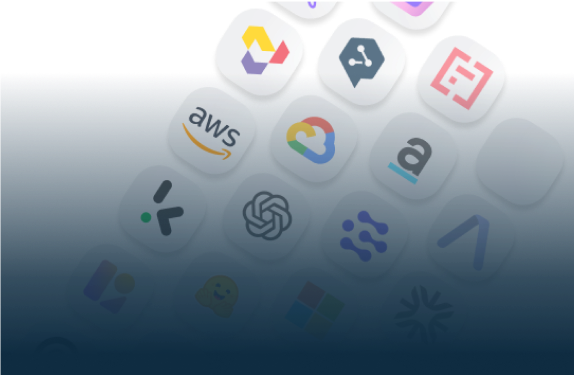
Start Your AI Journey Today
- Access 100+ AI APIs in a single platform.
- Compare and deploy AI models effortlessly.
- Pay-as-you-go with no upfront fees.
This article explains how developers and product teams can compare, test, and switch between multiple Large Language Models (LLMs) without constantly rewriting their code. It covers unified API design, routing, benchmarking methods, and how Eden AI helps automate the process with its comparison, cost monitoring, and performance tracking features.

Testing several LLMs can quickly turn into a nightmare when each provider uses a different API structure, authentication method, or output format. Instead of building separate integrations for every model, you can rely on a unified architecture that lets you benchmark providers effortlessly. As discussed in LLM integration, the key is to abstract the provider layer so your app logic remains stable no matter which model you’re testing.
Each AI provider exposes their models differently, distinct endpoints, context limits, parameters, and token accounting. This makes comparative evaluation time-consuming and error-prone.
A unified access layer solves this by providing:
With this foundation, you can switch models seamlessly and focus on results instead of integration details.
To run meaningful LLM comparisons, you need consistent evaluation metrics. Common categories include:
Building a unified API means your product communicates through a single interface, regardless of which LLM runs behind it. This abstraction is essential to avoid rewriting code for every new model.
According to multi-model access, this approach lets developers:
Once your API layer is unified, you can integrate routing logic to automatically select the best model based on cost or performance.
As explained in load balancing, routing can:
This architecture enables continuous benchmarking while ensuring production stability.
A proper benchmarking setup doesn’t stop at response time, it requires ongoing monitoring. You should track:
Usage monitoring describes how unified dashboards centralise metrics and visualise real-time usage, helping you decide which models deserve more traffic or budget allocation.
Eden AI allows developers to test and compare dozens of LLMs through a single API, no need to rewrite your code or change SDKs.Eden AI was designed to eliminate the pain of vendor dependency. It offers a unified API that lets you access, compare, and manage models from multiple providers effortlessly.
Key features include:
With these tools, you can benchmark and switch between providers effortlessly: saving time, improving reliability, and optimising cost efficiency.
Manually comparing LLMs across multiple providers is inefficient and unsustainable as your product scales.
By adopting a unified API architecture with integrated routing, caching, and monitoring, you can test, benchmark, and deploy new models in minutes instead of weeks.
Eden AI’s platform makes this possible by centralising all major providers, standardising inputs and outputs, and giving you real-time control over performance and cost, without ever rewriting your code.


You can start building right away. If you have any questions, feel free to chat with us!
Get startedContact sales
